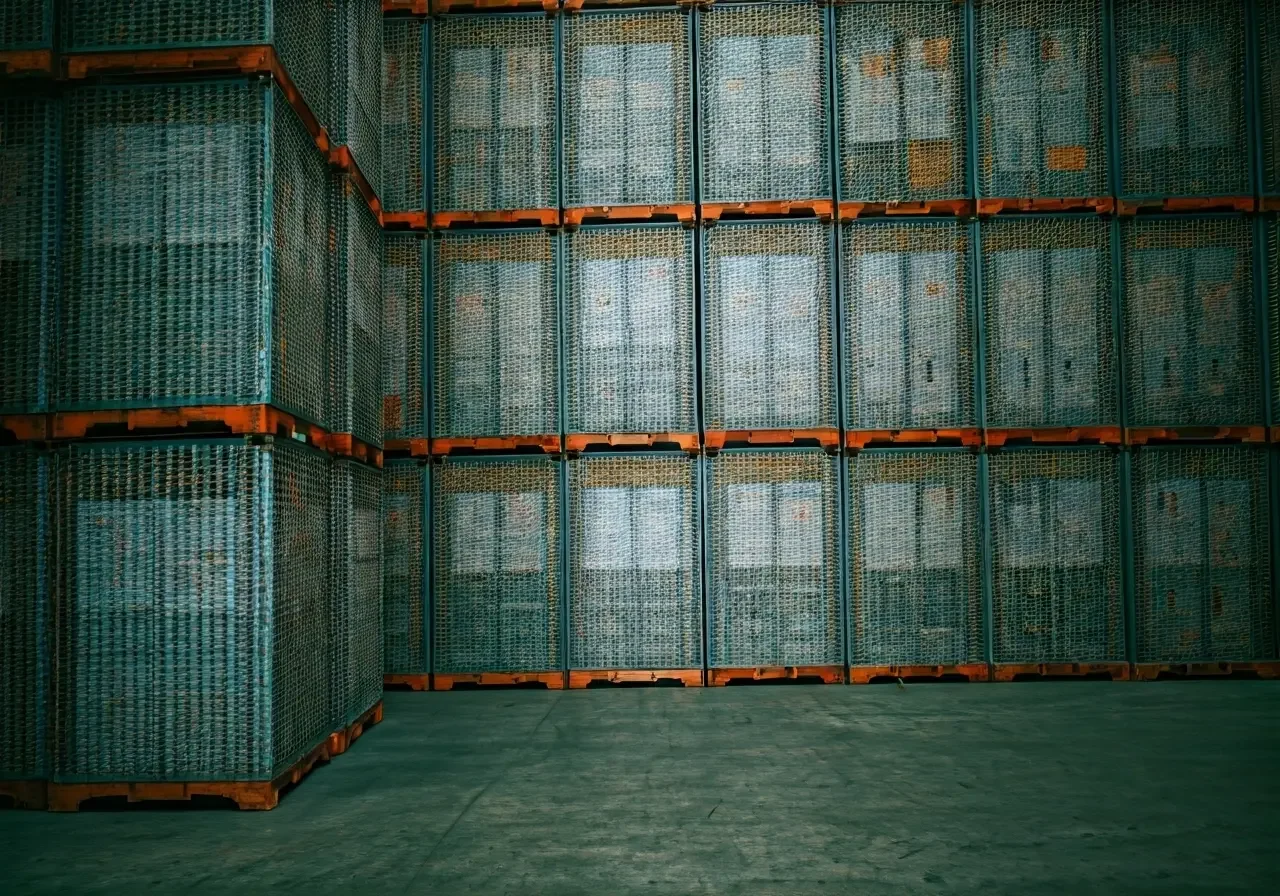7 Common Mistakes to Avoid When Handling Floor Loaded Containers in L.A. Warehouses
Handling floor loaded containers in L.A. warehouses can be a tricky business. Whether you're a seasoned veteran or a newcomer, it's easy to slip up. Fortunately, by understanding some common mistakes and how to avoid them, you can streamline your process and keep everything running smoothly. In this blog, we'll walk through some of the most frequent mishaps and offer friendly tips on how to dodge them.
1. Overloading Containers
One of the most common mistakes is overloading containers. This can lead to safety hazards and potential damage to goods. It's crucial to adhere to weight limits and ensure proper weight distribution for safe transportation. Overloading not only risks the structural integrity of the container but also can lead to catastrophic failure if the flooring gives out. Additionally, overloading complicates handling, especially during loading and unloading, significantly increasing the risk of injuries among workers. The best practice is to always stay within prescribed weight limits, keeping in mind that larger containers tend to invite inaccuracies in weight estimation.
Warehouse managers should implement a standardized weighing procedure that allows every filled container to be weighed before shipment. Post-loading weight checks serve as a safeguard ensuring that the limits are not breached. Invest in proper weighing equipment and train your staff in recognizing and avoiding these subtle yet impactful errors. It's worth emphasizing that regulatory bodies set these weight limits to prioritize safety.
2. Improper Weight Distribution
Even if the container is not overloaded, improper weight distribution can cause issues. Make sure to spread the weight evenly to prevent tilting or collapsing during transit. Uneven weight causes one side of the container to bear excessive pressure, which may not only impact the container's balance but also affect the vehicle transporting it. It is crucial for warehouse staff to understand how weight distribution affects the center of gravity in the container, causing it to be unstable if not done correctly. Tools and methods for checking weight balance can help in preemptively addressing such issues.
Proper container loading techniques can make a significant difference. Training staff to position heavier items at the bottom and distributing lighter items on top helps maintain stability. Ensure that the cargo does not shift during transport by aligning it tightly and using dividers or partitions where necessary. This efficient weight distribution system not only keeps the load secure but also allows for easier handling when the container reaches its destination.
3. Inadequate Staff Training
Without proper training, staff may misuse equipment or apply incorrect loading techniques. Regular training sessions can help your team handle containers safely and efficiently. Training should cover the basics of handling equipment and the specific challenges associated with floor loaded containers, which require different strategies compared to palletized loads.
Investing in a robust training program pays off significantly. Tailored training modules that focus on practical, hands-on experience can elevate the competency of your workforce. Through simulated loading sessions and periodic safety drills, employees grow comfortable with both routine tasks and unforeseen challenges. It’s also an excellent opportunity to instill a proactive culture of safety among employees, encouraging them to report potential issues before they become incidents.
4. Failing to Secure Cargo
Securing the cargo is essential to prevent movement during transit. Use appropriate supports and fasteners to keep everything in place. Frequent incidents occur during transit when improperly secured goods shift, resulting in damaged shipments or operational delays.
To optimize security, gear your focus towards using high-quality fasteners and consider advanced locking mechanisms. Employ technologiese to monitor cargo conditions throughout transit. This step not only decreases chances of accidents but also builds trust with your clients as they see a commitment towards the cargo’s integrity and safety. A well-secured shipment provides peace of mind for all stakeholders involved.
5. Ignoring Warehouse Layout
Not considering the warehouse layout can lead to inefficiencies. Plan your space to optimize flow, ensuring easy access and safe positioning of containers. A well-organized warehouse infrastructure underlies all successful loading operations. Designing the layout with ample room for maneuvering floor loaded containers allows seamless transitions and minimizes bottlenecks.
The lack of planning can cause errands and cross-traffic that stall operations. To resolve this, draw inspiration from innovative warehouse layout strategies that prioritize streamlined pathways and traffic regulation. Incorporating clearly marked zones and signage guiding the operational flow aids in avoiding errors and maintaining discipline within busy warehouse environments.
6. Neglecting Proper Documentation
Accurate documentation is crucial. It helps in tracking shipments and ensures all parties are on the same page. Double-check paperwork to avoid costly errors. Mistakes in documentation can lead to delays, failed deliveries, and misunderstandings between parties.
Invest in logistics software solutions that emphasize accuracy, which streamlines the documentation process. By digitizing records, you can effortlessly sync all documentation involved with a shipment, thereby minimizing clerical issues. Transparency in records and regular audits detect anomalies swiftly, reinforcing accuracy and accountability within logistics operations.
7. Using Inadequate Equipment
Using equipment that's not suited for handling floor loaded containers can lead to accidents or damaged goods. Ensure you have the right tools for the job. Specialized equipment like lifts and dollies designed for floor loading are indispensable to maintaining worker safety and minimizing handling errors.
The mismatch between equipment capability and job requirements often stays underappreciated. Prioritize tailoring your equipment portfolio by understanding equipment specifications applicable for floor loading environments. Frequency in equipment maintenance and updates assures adherence to safety protocols, supporting uninterrupted operations.

